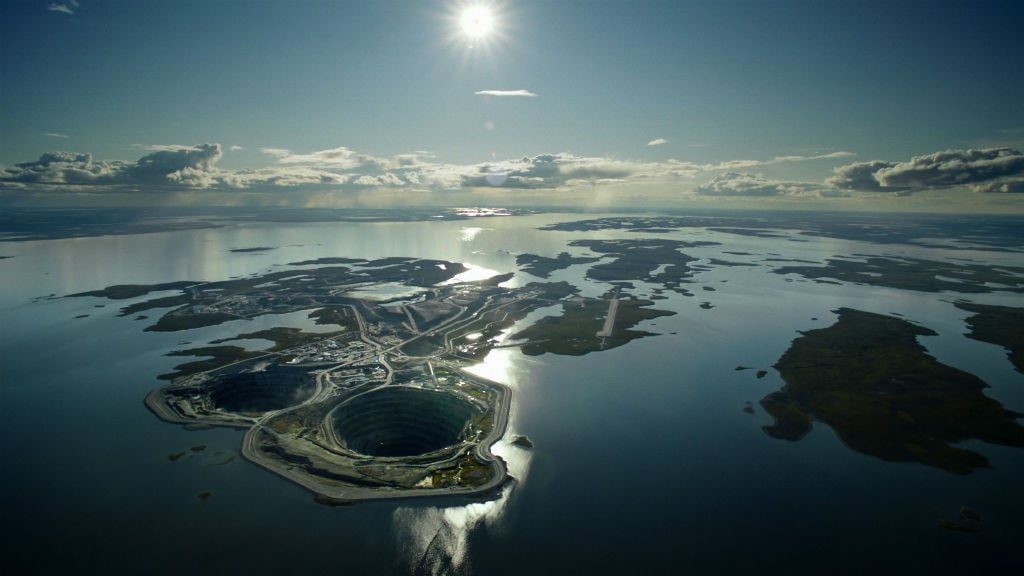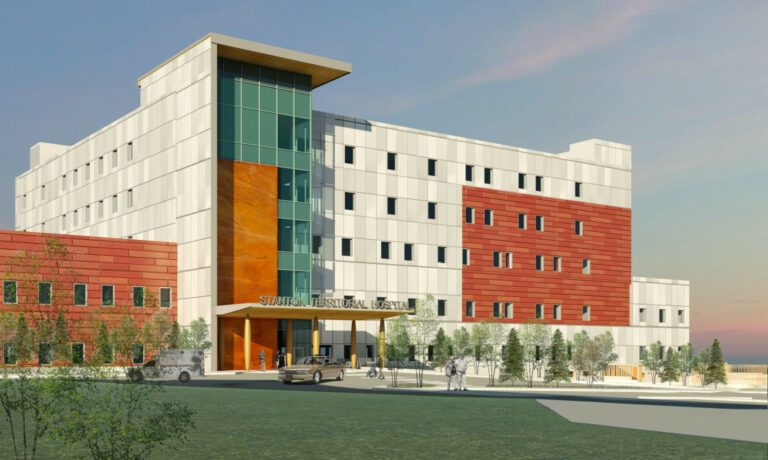For the thousands of miners who moil for diamonds out on the tundra, the Northwest Territories is like a popular ale brewed in the Maritimes: those who like it, like it a lot; the rest, not so much — and they don’t want to move here.
That’s the main take-away from the latest survey of mine workers by NWT Statistics. Completed last year, the survey was answered by 2,578 of the 3,107 workers, 1,194 of them NWT residents and 1,384 from away.
Their responses gave the territorial government no reason to believe that its efforts to lure more of them North will be successful. They are daunted by the cost of living, housing and transportation and are loathe to leave the folks at home. A third of them are looking for jobs outside the North.
More than 80 percent of the non-resident mine workers had “major concerns with the cost of housing and utilities. For those who’d never lived in the NWT, 75 percent were concerned with the distance from extended family and just over 70 percent felt the cost of food would be an issue.
“Further, the cost of transportation, availability of goods and services and spouse’s employment and education were also major concerns. Generally, those who had never lived in the NWT had more major concerns than those who had previously lived in the NWT,” the report said.
“For those who previously lived in the NWT, the cost of living was the main reason preventing respondents from relocating to the NWT. For those who never lived in the NWT, liking their community was the main reason for not wanting to move to the NWT.”
Despite pressure from the government to increase the number of NWT residents working at the mines, the ranks of non-residents almost doubled between 2009 and 2014, from 711 to 1,384, while the number of residents grew from 994 to 1194.
As if to drive the point home, NWT Statistics reported Tuesday that the territory’s population is 43, 595 — down 338 persons, a drop of 0.8 percent from last year (almost the exact opposite of Canada’s population, which grew by one percent to 35,702,707).
Out-migration of 3,078 people was the chief drain on the territory’s population, offsetting the 2184 who moved here in 2014. Otherwise, residents grew their footprint with 695 babies against 201 deaths.
Internationally, there was a net in-migration of 62 persons — which the government might take as a sign that there is potential in the plan to grow the population through immigration.






